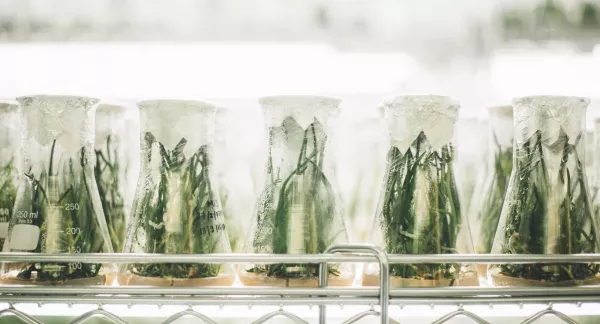Impact of Bromate Control on Ozone Oxidation/Disinfection and Downstream Treatment Processes in Potable Reuse
Abstract
During ozonation of wastewater, treatment goals for disinfection and contaminant oxidation must be balanced carefully with the formation of disinfection byproducts (DBPs), such as bromate. Mitigation strategies (e.g., pH depression, ammonia, hydrogen peroxide, etc.) have been studied in drinking water and involve bromide sequestration and manipulation of the ozone/hydroxyl radical pathways away from bromate formation. However, these control strategies may also impact treatment goals for disinfection and contaminant oxidation. This project gathered valuable data on the efficacy of several bromate control strategies, specifically for potable wastewater reuse, including upstream treatment, ozone dissolution, and chemical additions. A disinfection review provides guidance to researchers for implementing proper ozone disinfection kinetics studies. The cost-estimator tool developed using data from this project can be utilized to compare costs associated with different bromate control strategies. Examples of novel solutions to bromate formation—such as upstream treatment with enhanced coagulation—were explored and discussed, and the report also includes several utility case studies at bench- and pilot-scales to determine the viability of some of the strategies. Published in 2023. Three other articles focused on this research have also been published:


